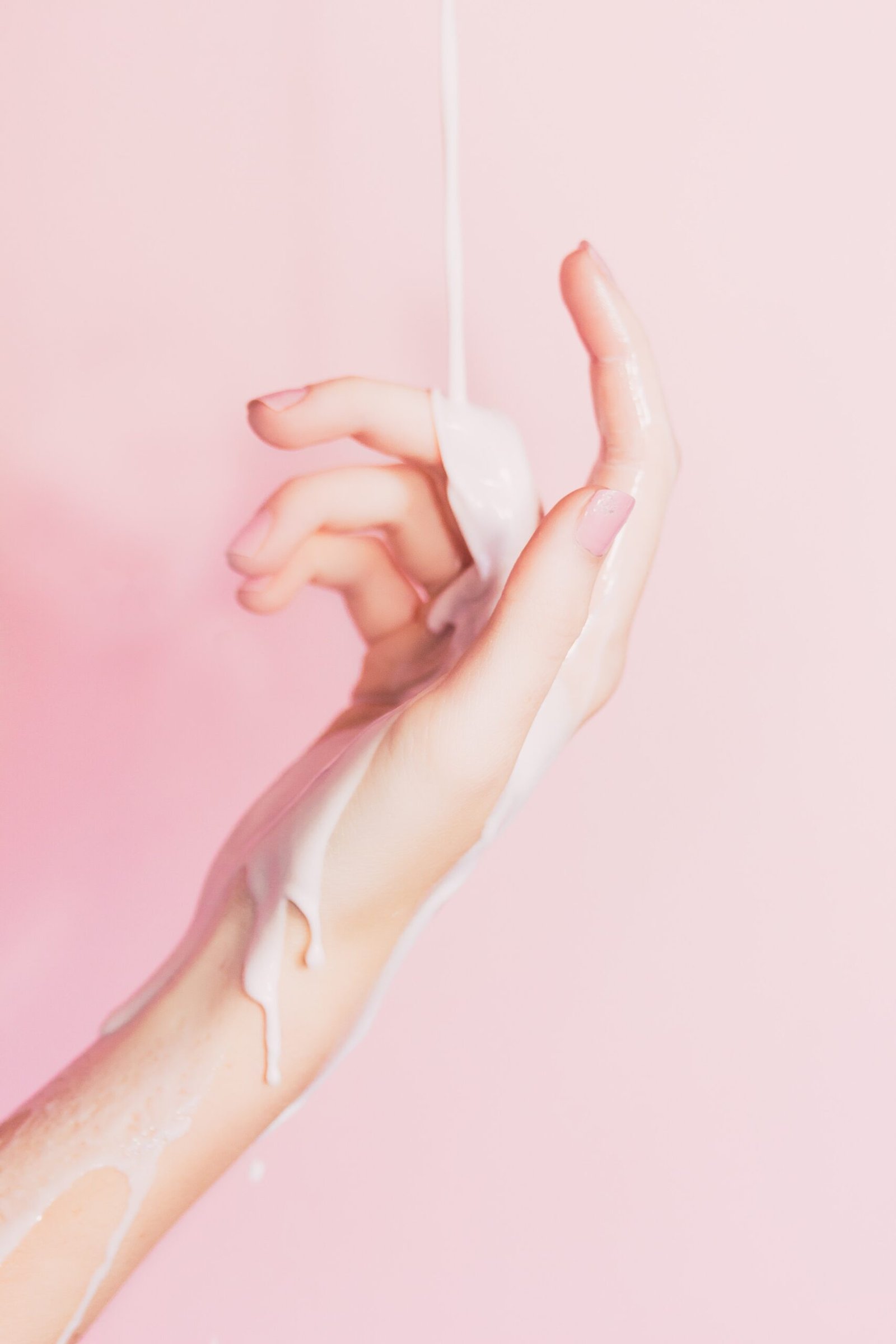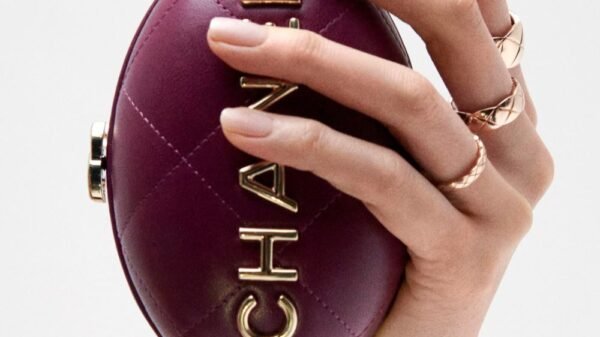Gold Prices Surge, Prompting Jewelry Meltdown
The surge in gold prices has sparked a modern-day “gold rush,” with jewelry collectors and consumers alike eagerly melting down family heirlooms and vintage pieces for cash. As gold prices soar to record highs, driven by global economic uncertainty and inflation concerns, many individuals are seizing the opportunity to sell their unwanted jewelry. The increasing demand for gold is benefiting independent jewelers and gold buyers but is also raising concerns about the loss of valuable artifacts, as irreplaceable pieces are melted down for their material value.
Record Highs in Gold Prices
Gold prices have been on a steady rise in recent months, reaching unprecedented levels. The price of gold has surged to over $2,866 per ounce, a historic high that has caught the attention of investors, collectors, and ordinary consumers alike. Many factors contribute to this surge, including inflationary pressures, economic instability, and geopolitical tensions. As the global market grapples with uncertainty, gold remains a traditional safe-haven asset, with investors flocking to the precious metal as a hedge against currency fluctuations and stock market volatility. This uptick in gold prices has prompted both individuals and businesses to capitalize on the boom, turning their old jewelry into cash.
A Modern-Day Gold Rush
The rising price of gold has led to a significant increase in the number of people selling their jewelry. In some cases, individuals are parting with pieces that have been passed down through generations, melting down gold rings, necklaces, bracelets, and other adornments to take advantage of the high market value. Jewelry collectors, who once viewed their pieces as sentimental or valuable for reasons beyond material worth, are now seeing an opportunity to turn these heirlooms into liquid assets. This has created a frenzy of transactions in the gold market, with jewelry buyers and refineries receiving a steady stream of gold jewelry from sellers eager to cash in.
Independent jewelers, gold buyers, and pawn shops have benefited greatly from the surge in gold sales. With gold being in high demand, these businesses are able to purchase jewelry at competitive rates and sell it at a significant profit. Many jewelers are now offering to buy gold from customers, knowing that the metal can be resold or reused in new jewelry designs. This influx of gold has led to a boom in the industry, with gold prices continuing to climb and customers eager to sell their pieces for cash.
Impact on Vintage and Antique Jewelry
While the rising gold prices have created a profitable opportunity for some, there is growing concern about the long-term effects on the cultural and historical value of vintage and antique jewelry. As pieces that may have once held sentimental or historical significance are melted down, many collectors and experts are lamenting the loss of valuable artifacts. Antique jewelry, which is often crafted with intricate designs and rare materials, may lose its uniqueness and historical context when it is melted down into bullion.
For collectors and historians, the loss of vintage jewelry represents the destruction of pieces of art and history. These items are not just valuable for their gold content but also for their craftsmanship, historical importance, and cultural significance. As more and more antique and vintage pieces are sold and melted down, the ability to preserve these artifacts becomes increasingly difficult. Jewelry collectors, museum curators, and historians have raised concerns about the irreversible damage done when pieces are stripped of their original form and melted into a commodity.
The Ethical Dilemma: Selling vs. Preservation
The rise in gold prices presents an ethical dilemma for both jewelry owners and the broader community. While selling gold for cash is a personal decision, it also raises questions about the balance between financial gain and the preservation of cultural heritage. For some, the temptation to sell family heirlooms and rare pieces is too great to resist, especially when the price of gold is high. For others, the preservation of these pieces for future generations holds more value than the immediate cash they could receive.
This ethical issue extends beyond the individual level. Jewelers and gold buyers also face dilemmas regarding the sourcing of gold and the potential loss of valuable cultural artifacts. Many are now considering the importance of preserving vintage jewelry and rare pieces, but the market pressure and the temptation of high prices often outweigh these concerns. The challenge lies in striking a balance between the financial benefits of gold sales and the preservation of valuable jewelry pieces that tell stories about culture, history, and art.
The Impact on Jewelry Market Trends
As more consumers seek to sell their gold jewelry, the broader jewelry market is seeing significant changes. The influx of gold into the market is driving the creation of new trends in both the resale and manufacturing of jewelry. Independent jewelers and gold buyers are seeing a rise in custom-made jewelry using recycled gold, which has led to an increase in demand for high-quality craftsmanship. Recycled gold is being used in a growing number of jewelry pieces, providing an eco-friendly alternative to newly mined gold.
At the same time, the demand for high-end vintage jewelry is also experiencing a surge, as collectors and investors seek rare pieces that have not yet been melted down. This shift in demand has created opportunities for collectors to acquire pieces that may have once been undervalued, and for jewelers to diversify their offerings to cater to both high-end and recycled gold markets. The market is adapting to a new reality where both new and vintage pieces are being valued in different ways, and the jewelry industry is finding new avenues to explore as a result.
Concerns About Market Sustainability
While the immediate surge in gold prices may benefit some, there are concerns about the long-term sustainability of this market. The ongoing demand for gold and the growing trend of melting down jewelry could lead to future shortages in the availability of vintage and antique pieces, making them increasingly rare and valuable. This could drive prices even higher, creating a cycle that encourages more people to sell their jewelry in pursuit of quick financial gain.
Furthermore, as gold prices continue to fluctuate, some buyers may regret parting with their jewelry when the market eventually cools down. The emotional and historical value of gold jewelry cannot always be measured in monetary terms, and many who sell their heirlooms may find themselves facing regret when they realize the true worth of these pieces in the long term.
Looking Ahead: The Future of Gold Prices and Jewelry
The future of gold prices remains uncertain, with market experts predicting continued volatility. While it is likely that gold will continue to be a safe-haven asset during times of economic uncertainty, the long-term impact on the jewelry industry is still unfolding. For now, consumers will continue to flock to jewelry buyers to capitalize on high prices, but whether this trend will persist in the coming years remains to be seen. Jewelers and collectors will need to navigate this complex landscape carefully, balancing the immediate financial opportunities with the long-term value of preserving historic and sentimental jewelry pieces.
Conclusion: A Changing Landscape for Gold and Jewelry
In conclusion, the surge in gold prices has led to a new wave of jewelry sales, with many consumers opting to melt down heirlooms and vintage pieces for cash. While this has benefited independent jewelers and buyers, it has also raised concerns about the loss of valuable artifacts and cultural heritage. As the gold market continues to evolve, it will be important to strike a balance between financial gain and the preservation of jewelry’s historical and emotional value. For now, the “gold rush” continues, with the jewelry industry at a crossroads between profitability and the future of its priceless treasures.










